The Curious Mind: Making Sense Of The Middle East, The Technology of War, Making Sense Of Reality, Not Losing My Religion, Can Men & Women Be Friends?, Software In The Era Of AI, AI Supercycle.....
June 25, 2025
You are a smart curious person but short on time and surrounded by noise. The Curious Mind tries to offer the best signal to noise ratio across markets, technology and the good life. We hope to even surprise and inspire you with new beautiful ideas.
If you missed last week’s discussion: What To Make Of This Market, Secrets Of Confident Speaking, The Lost Civilisations, How Will AI Transform Work, The Year Of Stablecoins, Build Things....
Believe it or not, that “♡ Like” button is a big deal – it serves as a proxy to new visitors of this publication’s value. If you got value out of reading, please let others know!
Quotes I Am Thinking About:
"In war, truth is the first casualty."
- Aeschylus
"The supreme excellence is to subdue the enemy without fighting."
- Sun Tzu
"War is the continuation of politics by other means."
- Carl von Clausewitz
"War does not determine who is right - only who is left."
- Bertrand Russell
"Wars begin when you will, but they do not end when you please."
- Niccolò Machiavelli
A. A Few Things Worth Checking Out:
1. Israel-Iran War: Economic and Strategic Consequences
Most of the news is either just purely factual (this happened) or biased opinion. Where is the unbiased analysis, context and implications?
One analyst that has been helpful to me is Kamran Bokhari, Senior Director at the New Lines Institute for Strategy & Policy, who has served in the U.S. State Department and as a Senior Consultant with the World Bank.
He spoke to Demetri Kofinas at Hidden Forces.
They assess the immediate strategic successes and failures of the operation, Iran's response, current risks to U.S. allies, and how the conflict will likely reshape Middle Eastern economics and security over the next five years. They then expand their analysis to examine how this escalation affects broader U.S.-China competition, their respective alliance networks and trading relationships, and the potential economic repercussions from America's attack on Iran.
The 5 BIG IDEAS:
Trump's Diplomatic Bluff Called: Trump's 60-day ultimatum to Iran backfired spectacularly when Tehran misread American resolve. Iranian leaders assumed Trump's anti-war base would constrain him, giving them room to negotiate from strength over uranium enrichment levels. Instead, their intransigence triggered the very escalation they sought to avoid—Israeli airstrikes followed by devastating US bunker-buster attacks on three nuclear facilities. This wasn't just failed diplomacy; it was a strategic miscalculation that transformed Iran from a nuclear threshold state back to square one, while demonstrating that even "isolationist" presidents will use overwhelming force when backed into a corner.
Israel's Decade-Long Strategy Reaches Its Crescendo: October 7th wasn't the beginning of this conflict—it was Iran's desperate last gamble to break Israeli-Saudi normalisation through their proxy network. Israel's methodical dismantling of Hamas, Hezbollah, and now the IRGC represents the successful culmination of a strategy to roll back Iranian regional influence that peaked around 2016. By systematically destroying Iran's "axis of resistance," Israel hasn't just won tactical victories; it's fundamentally altered Middle Eastern power dynamics. The precision targeting of IRGC leadership while sparing regular Iranian forces reveals a sophisticated understanding of Iranian internal politics—weakening radicals while empowering pragmatists.
Iran's Internal Revolution: The real prize isn't regime change but regime evolution, and it's already happening. With the IRGC's leadership decimated and Khamenei reportedly choosing his successor, Iran faces its most significant internal power shift since 1979. The regular Iranian military (Artesh)—more nationalist than ideological—is filling the vacuum left by weakened Revolutionary Guards. This isn't just personnel reshuffling; it's the potential emergence of a pragmatic Iranian leadership that prioritizes economic development over revolutionary ideology. The Iranian people, especially the young, desperately want this transformation—and external pressure may have just accelerated an inevitable generational change.
The Nuclear Threshold Anxiety: Israel's unique predicament—surrounded by enemies questioning its right to exist, dependent on a civilian reserve military that cripples its economy during conflicts—creates the most dangerous nuclear scenario since the Cold War. Unlike other nuclear powers facing conventional threats, Israel confronts an existential challenge that could theoretically justify breaking the 79-year nuclear taboo. The terrifying reality isn't just that Israel has nuclear weapons, but that its strategic situation differs fundamentally from every other nuclear state. As technology potentially enables "cleaner" tactical weapons and regional conflicts intensify, the unthinkable becomes merely improbable.
Global Power Projection: The B-2 mission from Missouri to Iran wasn't just about destroying nuclear facilities—it was a $10 billion demonstration to China and Russia that American global reach remains unmatched. While Beijing and Moscow publicly condemn US actions, privately they're relieved that someone else solved the Iranian nuclear problem they never wanted to see succeed. This operation simultaneously deters Chinese Taiwan ambitions, reminds Russia of American conventional superiority, and proves that perceptions of US decline are premature. In one surgical strike, America reasserted global military dominance while addressing a regional threat that served broader strategic interests.
By the way speaking of Iran, have you watched this great Apple TV show called Tehran?
2. The Technology of War
Citrini had a great post on The New WFH (War From Home) discussing Missile Defense, Counter-Unmanned Technology, Electronic Warfare, and Surveillance.
It discusses how modern warfare has fundamentally transformed from traditional ground-based conflicts to remote, technology-driven operations. It dives into the Strategic Shift: Technology Over Territory.
He identifies Three Major Catalysts:
Massive fiscal realignment toward defense spending globally
Military superiority redefined by technology rather than traditional assets
Hard geopolitical catalysts: Russia in Eastern Europe, Israel/US vs. Iran, China's reunification intentions
He is focused on 4 Investment Themes in technology-driven long distance warfare:
Missile Defense Systems
Counter-Drone Technology (C-UAS)
Electronic Warfare
Intelligence/Surveillance/Reconnaissance (ISR)
If you are new to Citrini, he does good thematic work and was on the Risk of Ruin podcast discussing how he arrived at thematic investing, the process he uses to find baskets of stocks.
3. The Nature Of Reality
Iain McGilchrist is a psychiatrist, neuroscientist, and philosopher whose groundbreaking research has quietly revolutionized how we understand the brain, consciousness, and civilization itself. A former Oxford literary scholar who retrained as a doctor, McGilchrist brings a rare combination of scientific rigor and humanistic wisdom to questions that most academics avoid: What does it mean to be human? Why does our modern world feel so fundamentally broken? And how might we find our way back to sanity?
We discussed his 2009 book "The Master and His Emissary" in 2021. It introduced millions to his hemisphere hypothesis—the idea that the brain's left and right hemispheres don't just process different types of information, but embody fundamentally different ways of being in the world.
The left hemisphere excels at manipulation, analysis, and control, while the right hemisphere grasps context, relationships, and the living whole. McGilchrist argues that Western civilization has become dangerously unbalanced, dominated by left-hemisphere thinking that reduces everything to mechanisms, data points, and abstractions.
We discussed his follow up, "The Matter with Things" (written in 2021)—a 1,500-pager in 2024 spanning neuroscience, physics, philosophy, and spirituality—makes an even bolder claim: that consciousness, not matter, is the fundamental reality of the universe.
Drawing on decades of research and clinical experience, McGilchrist suggests that what we call the "crisis of meaning" in modern life isn't just cultural but neurological—we've literally trained ourselves to see the world in ways that make us miserable and disconnected.
We spoke with Alexander Beiner in a great conversation.
The 3 BIG IDEAS:
Something Beautiful Is Being Born: What feels like the end of the world is really the end of a world—one that was already spiritually bankrupt. McGilchrist reveals that our "liberal" order hasn't been truly liberal for decades; it's become an authoritarian machine that atomizes people, severs us from ancestors and nature, and reduces humans to economic units. But here's the plot twist: this breakdown is creating the exact conditions for genuine renewal. Young people are instinctively rejecting the materialistic void and turning toward transcendence, meaning, and authentic community (see Economist section below). The chaos isn't random destruction—it's the necessary clearing away of dead structures so something genuinely alive can emerge. We're not witnessing collapse; we're witnessing birth.
Your Brain Isn't a Computer—It's a Sacred Antenna Tuning Into Cosmic Consciousness: Everything we've been told about consciousness is backwards. McGilchrist explodes the myth that your brain generates consciousness like a computer processing data. Instead, consciousness is the fundamental fabric of reality itself, and your brain is more like a sophisticated radio that tunes into and filters this universal awareness into personal experience. Imagine consciousness as an infinite ocean, with individual brains as uniquely shaped vessels that each hold and express the water differently. This isn't New Age fantasy—it's supported by cutting-edge physics and explains why subjective experience can never be reduced to neural firing patterns. You're not a biological machine having spiritual experiences; you're a spiritual being having a biological experience.
Stop Planning the Future—Start Feeling Its Pull: We've been trying to create change the wrong way. McGilchrist reveals that living systems don't work mechanically (A pushes B pushes C) but organically—they're drawn toward futures they can sense but not fully describe. Think of how an embryo "knows" what it's becoming and can navigate around obstacles to reach its destined form, or how you sometimes just know which path to take without logical reasons. This requires what poets call "negative capability"—the courage to remain in uncertainty without grasping for premature answers. The future isn't something we construct through better planning; it's something we discover by developing the sensitivity to feel where life is calling us, then having the faith to follow that magnetic pull into the mystery. Hope isn't having a map—it's trusting the compass that's already pointing us home.
4. (STOP) Losing My Religion
The Economist had an interesting piece discussing the reversal in religion in the West.
The 3 BIG IDEAS:
The Great Reversal: For the first time in half a century, the West has stopped losing its religion. After decades of explosive growth in atheism and agnosticism—where Americans claiming no faith jumped from 5% to 30% between 1990 and 2019—the secular surge has suddenly plateaued since 2020. Across countries from Canada to France to Britain, the share of people abandoning religion has either stopped growing entirely or slowed dramatically. This marks a historic turning point in what seemed like an unstoppable march toward a godless society.
Young People Lead the Faith Revival: The most shocking twist in this story is that young people are driving the religious comeback. Generation Z is embracing Christianity at rates that have stunned researchers, with American youth identification jumping from 45% to 51% in just two years. Even more surprising, young men are now more religious than young women—completely flipping a pattern that has held for centuries. In Britain, church attendance among young Christian men has skyrocketed from 4% to 21% since 2018. Many are converting for the first time in their lives, with adult baptisms surging 45% in France and doubling in Norway.
The Pandemic Awakening: COVID-19 appears to be the catalyst that changed everything. The isolation, depression, and existential crisis of lockdowns left young adults desperately searching for meaning beyond what one convert called the failed promises of "alcohol, parties, and sex." Internet searches for prayer exploded globally in 2020, and across 14 Western nations, twice as many people said the pandemic strengthened rather than weakened their faith. This follows a historical pattern where catastrophic events drive people toward religion—and research suggests these effects can last over a decade, meaning this spiritual revival may be here to stay.
5. Can Men and Women Be Friends?
The Economist had another great piece with that question from When Harry Met Sally.
The 3 BIG IDEAS:
The World's Hidden Gender Map: Forget political borders—the real divide is between societies where men and women can be friends. Facebook's analysis of 1.8 billion users exposes a stunning pattern: Libyans have one female friend for every ten male ones, while Nigerians mix freely across gender lines. The secret ingredient? Jobs for women. Countries where women work alongside men naturally develop more cross-gender connections, turning offices into friendship laboratories. It's not about culture or religion—it's about opportunity.
The Stereotype Trap That Feeds Itself: Here's the cruel irony: the less men and women interact, the more they misunderstand each other. Turkish academics describe how male colleagues exclude women from informal tea meetings, blocking career advancement. South Korean men dismiss women as "too emotional" for leadership while admitting they've never actually been friends with one. Without real relationships, myths multiply—creating the very barriers that prevent those relationships from forming. It's a vicious cycle that keeps entire societies stuck.
The Friendship Fix That Actually Works: The breakthrough insight? Cross-gender friendship is a skill that can be taught, with remarkable results. German research proves that boys who befriend girls become dramatically more supportive of gender equality, while their attitudes stick long-term. Even simpler interventions work: preschoolers randomly paired with opposite-gender "buddies" for games continued playing together months later. The lesson is revolutionary in its simplicity—you can literally teach tolerance through friendship, one relationship at a time.
B. The Science and Technology Section:
1. Software In The Era Of AI
Andrej Karpathy is an AI OG. He was the director of artificial intelligence and Autopilot Vision at Tesla and then co-founded and formerly worked at OpenAI.
He gave a keynote at the AI Startup School discussing the shift underway.
Software is changing, again. We’ve entered the era of “Software 3.0,” where natural language becomes the new programming interface and models do the rest. He explores what this shift means for developers, users, and the design of software itself— that we're not just using new tools, but building a new kind of computer.
This is good summary of the key ideas:
2. What’s Ahead For Technology?
Coatue released a 102-page presentation from their East meets West Conference and Philippe Lafont (founder and CIO) was on the BG2 podcast discussing his thoughts.
The 3 BIG IDEAS:
The AI Super Cycle Represents the Largest Technology Wave in 70 Years: AI is poised to become 75% of total US market cap, up from today's 50%, based on historical patterns where transformative technologies (industrials in the 1800s, manufacturing post-WWII, energy, then tech) eventually dominate markets. The key insight isn't just AI's size, but its compound nature - it's built on all previous waves (mainframes, PCs, internet, mobile). ChatGPT's user adoption is outpacing Instagram, Facebook, and TikTok despite having no viral mechanics, just pure utility value. More importantly, new AI infrastructure players like CoreWeave are emerging as pure-plays while established companies face disruption threats. The GPU allocation data reveals a reshuffling of cloud market share, with Oracle jumping from 5% to 19% GPU share versus its 5% cloud revenue share, signaling a new competitive landscape.
AI is Driving Unprecedented Productivity Gains That Could Solve Macro Problems: The "golden age of margin expansion" shows MAG 7 companies growing revenue 20%+ annually while operating expenses grow only 2% - something never seen in tech history. Microsoft may have reached "peak employees" and companies like AppLovin doubled revenue while cutting headcount 35%. This isn't just corporate efficiency - it's potentially economy-transforming. If AI drives productivity growth to 2.5-3.5% annually (versus historical 1-2%), the US debt-to-GDP ratio could improve from a projected 140% to 80-100%, similar to the 1990s internet productivity boom. The bond market's willingness to buy 30-year treasuries at 4.5% suggests institutional investors may already be pricing in this productivity revolution, making current AI investments potentially undervalued relative to their economic impact.
The Capital Formation Cycle is Accelerating Due to AI Competitive Urgency: After years of broken IPO markets (2021 cohort down 50% five years later), we're seeing the first healthy signs with better-performing IPOs and strategic M&A. Meta's $15 billion for 49% of Scale AI exemplifies the new reality - paying 100% of a company's value for 49% ownership because AI talent and capabilities cannot wait for traditional timelines. For founders, this creates a clear strategic framework: if growing 25%+ and profitable, consider going public; if growing but burning, build fortress balance sheets; if not growing but profitable, reinvest in AI transformation; if neither growing nor profitable, completely reinvent the business model.
3. The State of Crypto
Coinbase held its “The State of Crypto Summit 2025”, and Brain Armstrong (CEO) shared his take and the key talks.
4. The Intersection of Finance, Technology and Geopolitics
We recently wrote a 10 chapter essay on Stablecoins for paid subscribers only.
Here’s the opening:
In a conference room in Basel, Switzerland, European central bankers regularly review charts showing an uncomfortable truth: over two-thirds of their payment transactions flow through American companies. Visa, Mastercard, and SWIFT don't just process European money—they control it.
Eight thousand miles away, in a nondescript office building in Hong Kong, Tether executives manage something extraordinary: assets that reportedly make them among the top 20 largest holders of U.S. Treasury bonds globally. According to industry data, they now hold more American debt than many sovereign nations. Most people have never heard of them.
Meanwhile, in Washington, Treasury Secretary Scott Bessent has made a remarkable prediction: by 2030, private companies could issue $3.7 trillion in digital currency.
"Stablecoins could reinforce dollar supremacy," he has stated publicly, "because they could become one of the largest buyers of US treasuries."
We are witnessing the return of private money for the first time since the 1800s. But this isn't just financial innovation—it's a competition between superpowers over who controls the future of money itself. The winner will dominate global finance for the next century. The loser risks becoming a monetary colony.
P.S. We will be moving more of this weekly email behind the paywall for paid subscribers only, so if you enjoy it and want to keep reading it, I’d recommend subscribing here.
Believe it or not, that “♡ Like” button is a big deal – it serves as a proxy to new visitors of this publication’s value. If you got value out of reading, please let others know!






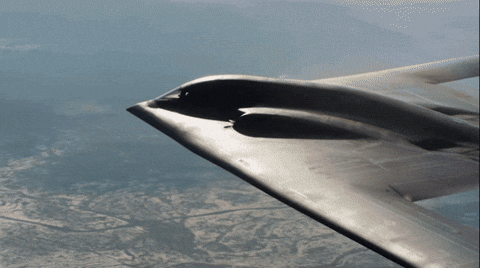


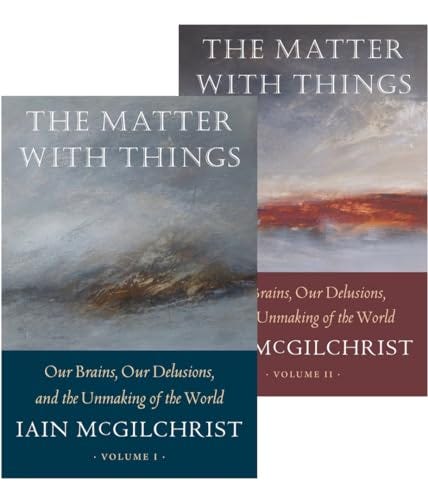


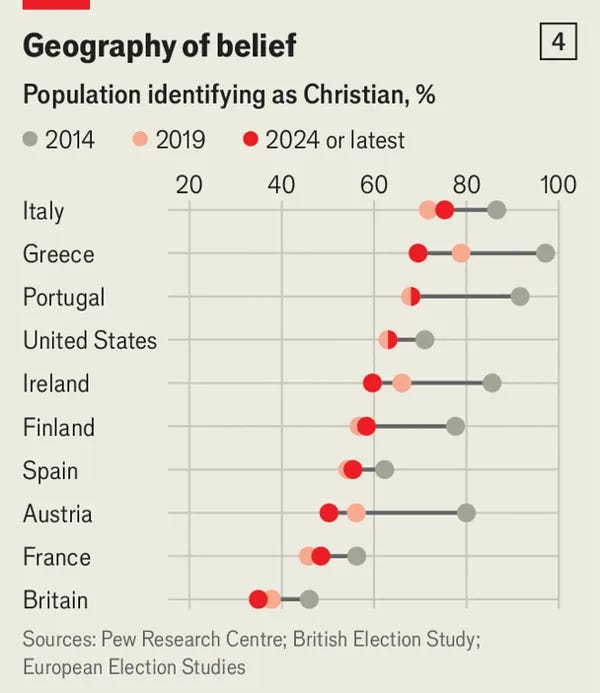
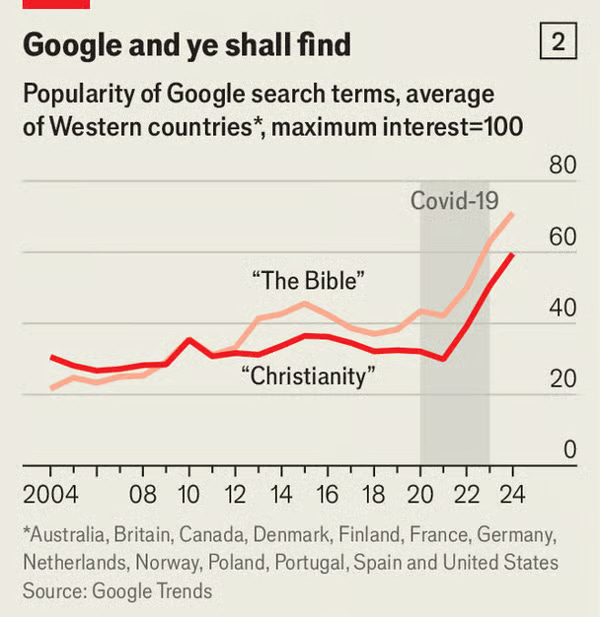
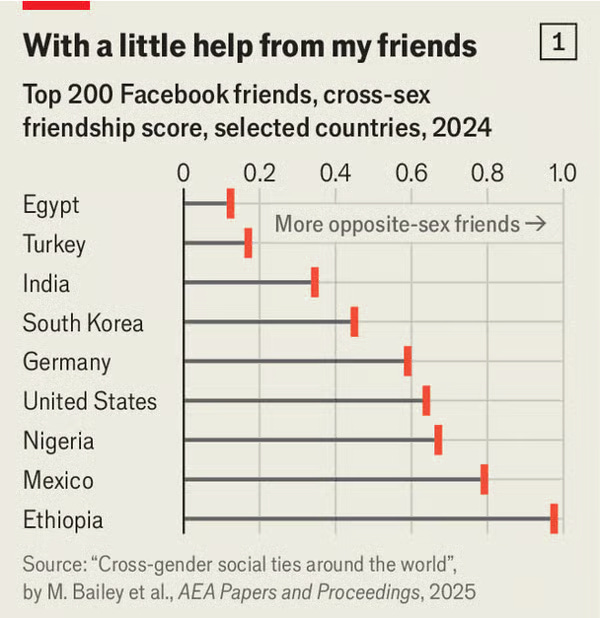








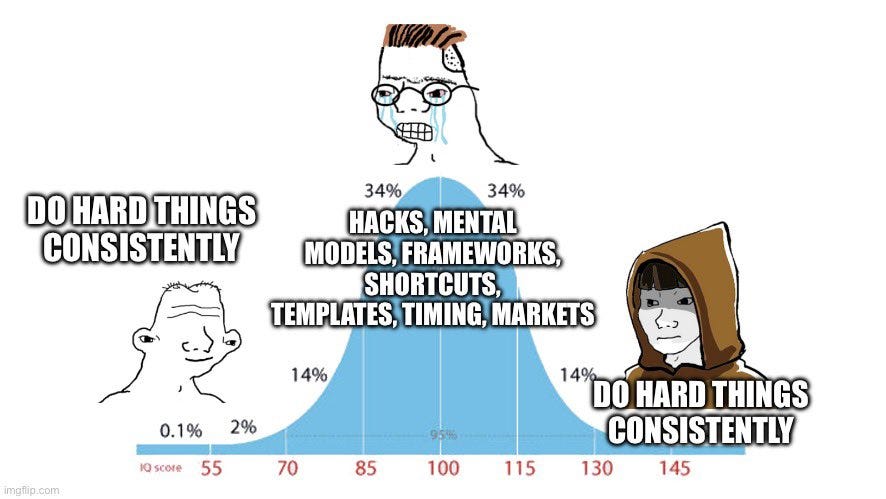
Reading your blog after a long time.
Interesting ideas showcased nicely.
Hopefully you will take the arguments to their logical conclusion.
It appears that you start people thinking, but leave them to make their own conclusions.
Thank you, Ahmed, have been looking forward to your new posts every week.